
Just like every end of year, I am awarding the Golden Alice for outstanding achievements in the field of crypto history and codebreaking. Here are the winners of 2019.
Blog readers Richard Bean, Frode Weierud and George Lasry have broken most of the ciphertexts from the Biafran War I recently introduced.
It’s probably not a Christmas card, but at least an encrypted card that was sent on the occasion of a celebration. Can a reader decipher this cryptogram?
Here’s one of the oldest encrypted postcards I have ever seen. Can a reader decipher it?
Konstantin Hamidullin from Latvia has solved my Playfair challenge from November 2019. With only 26 letters, this is the shortest Playfair cryptogram ever broken.
Last week, I introduced a 750-letter ciphertext created with a bigram substitution. Jarl Van Eycke and Louie Helm have now solved this challenge. As far as I know, this is the shortest bigram cipher challenge ever broken.
According to a TV documentary, a German WW2 soldier created encrypted notes describing the location of a hidden tunnel system in Czechia while in captivity. There are rumours about a treasure hidden in this facility.
Christopher Columbus frequently used a signature that included seven letters not belonging to his name. Do they represent an abbreviation?
Jarl Van Eycke and Louie Helm recently solved a bigram substitution ciphertext consisting of 1000 letters – the shortest one ever broken. Now I have created a 750-letter challenge of the same kind.
Bavarian artist Martin Dorn has provided me a seven-pages encrypted manuscript. Can a reader decipher it?
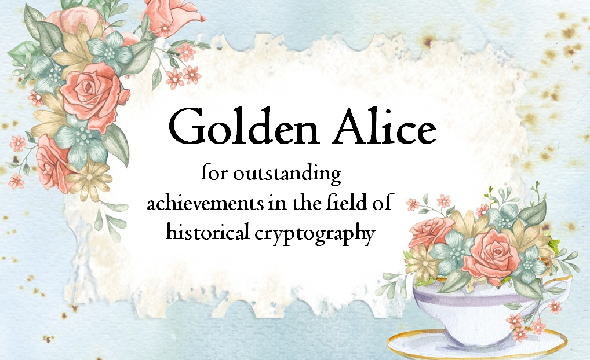
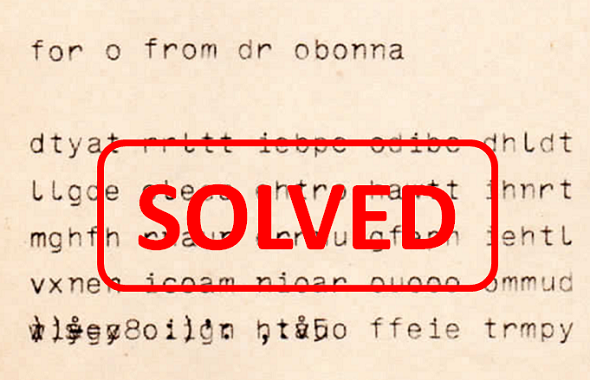
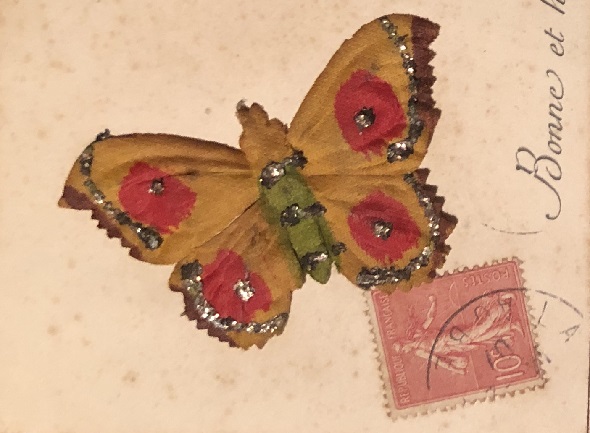
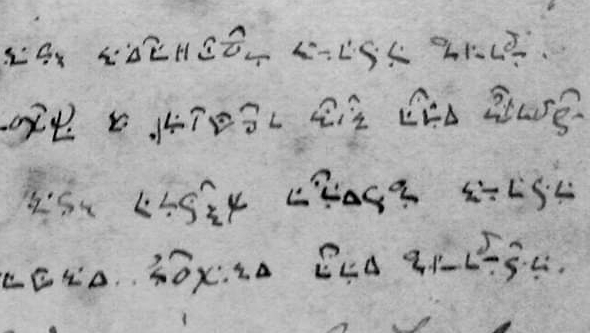
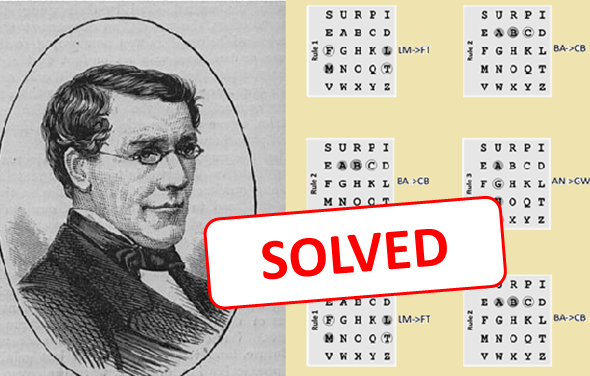
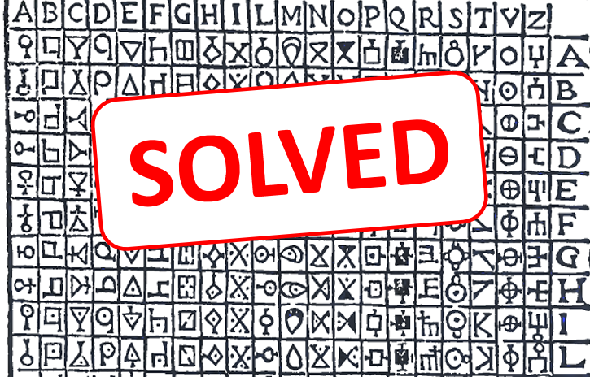
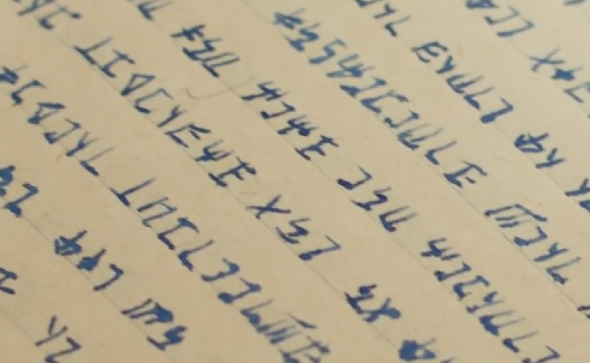
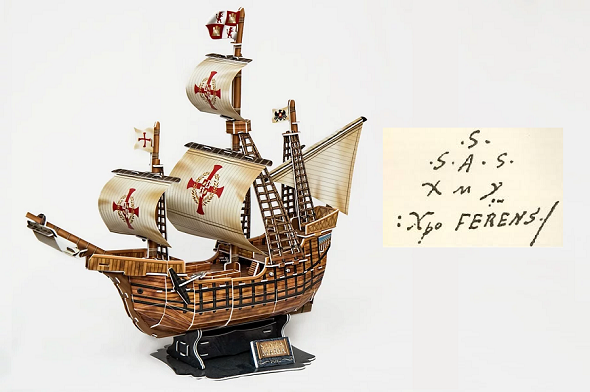
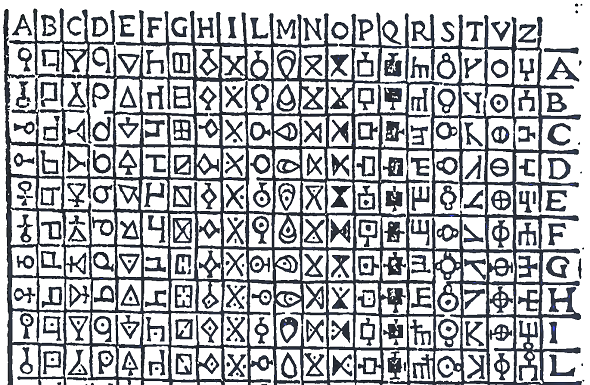
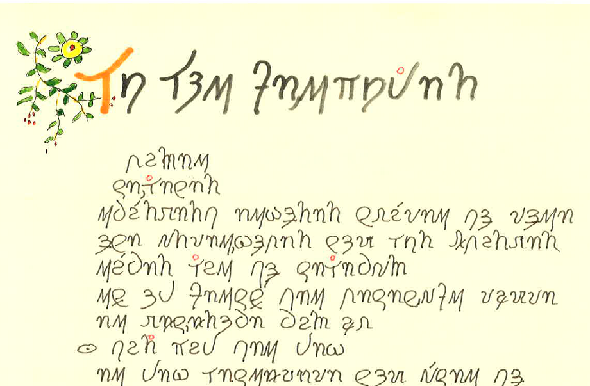

Letzte Kommentare